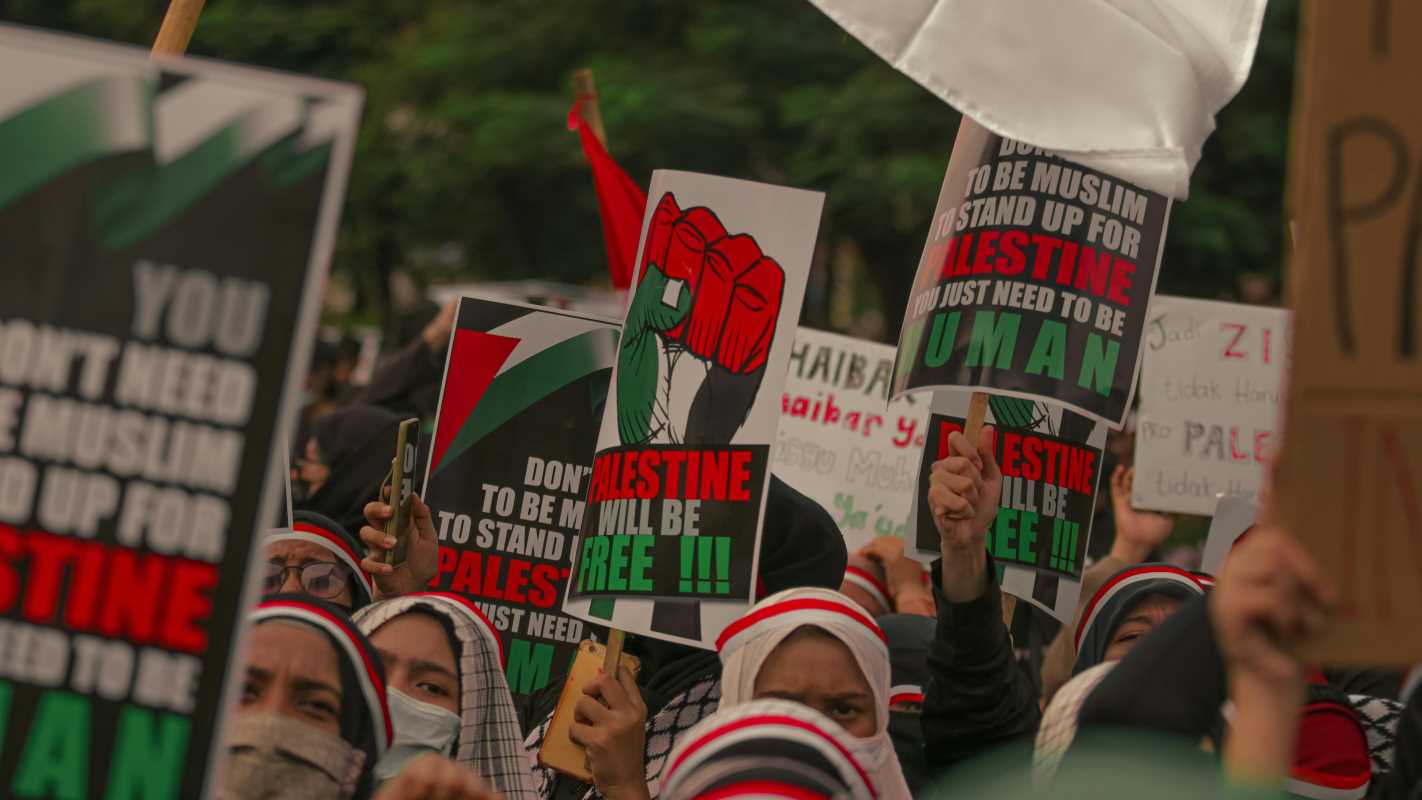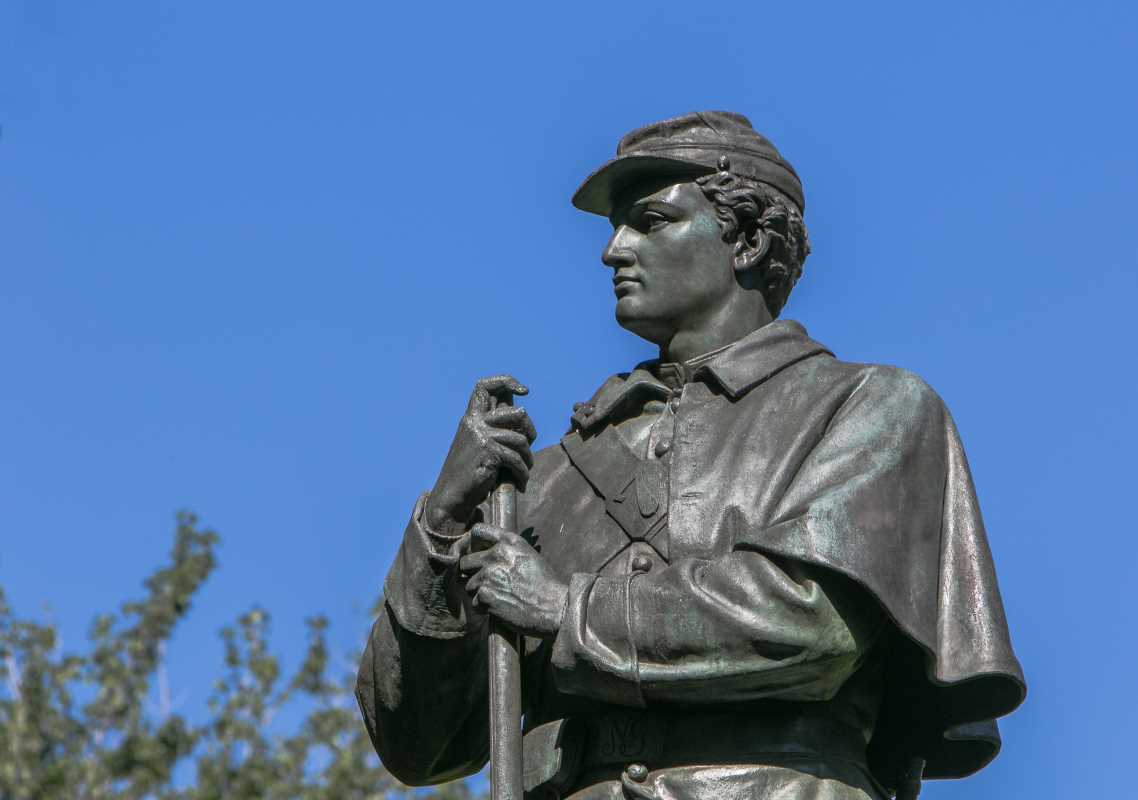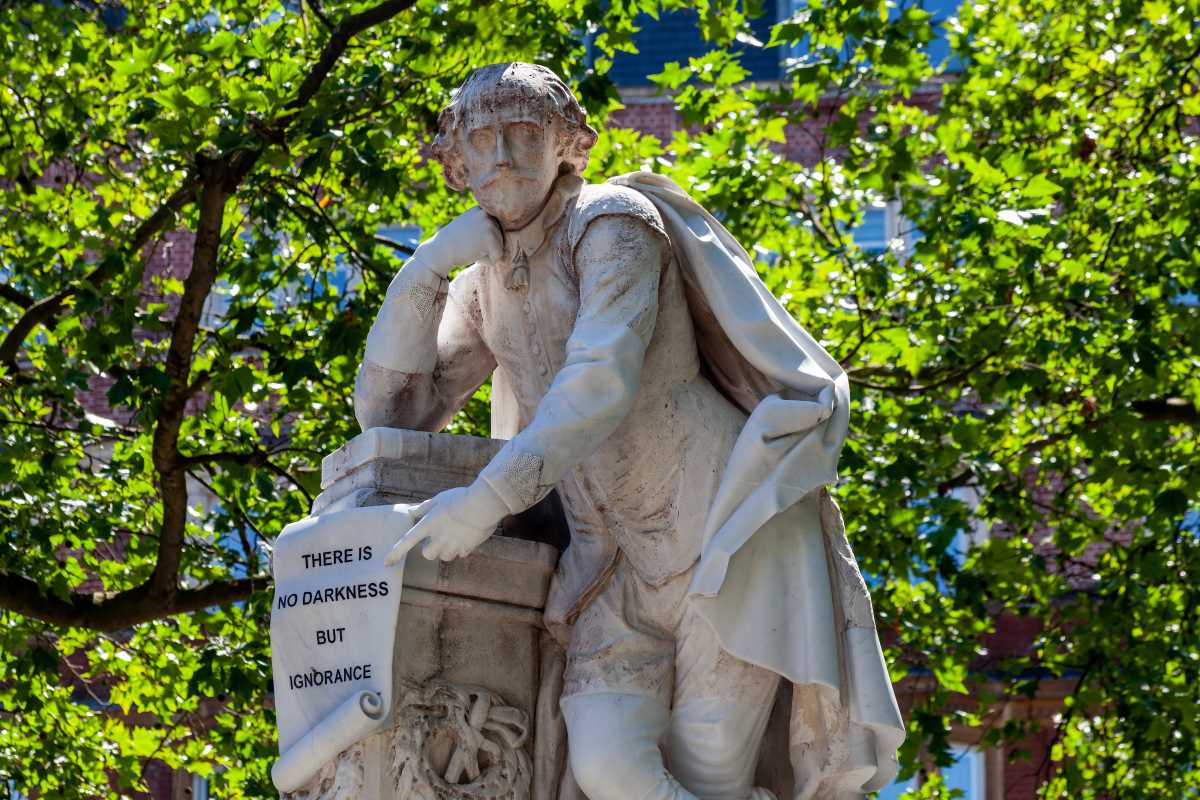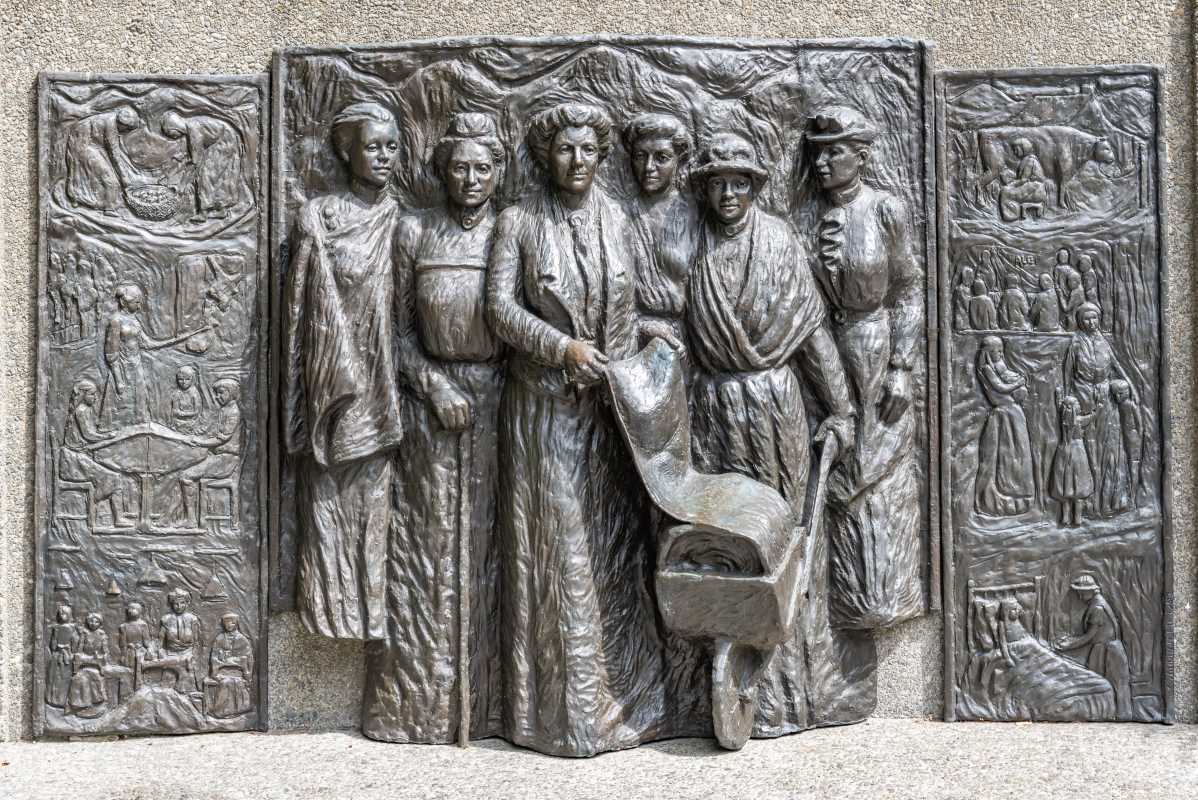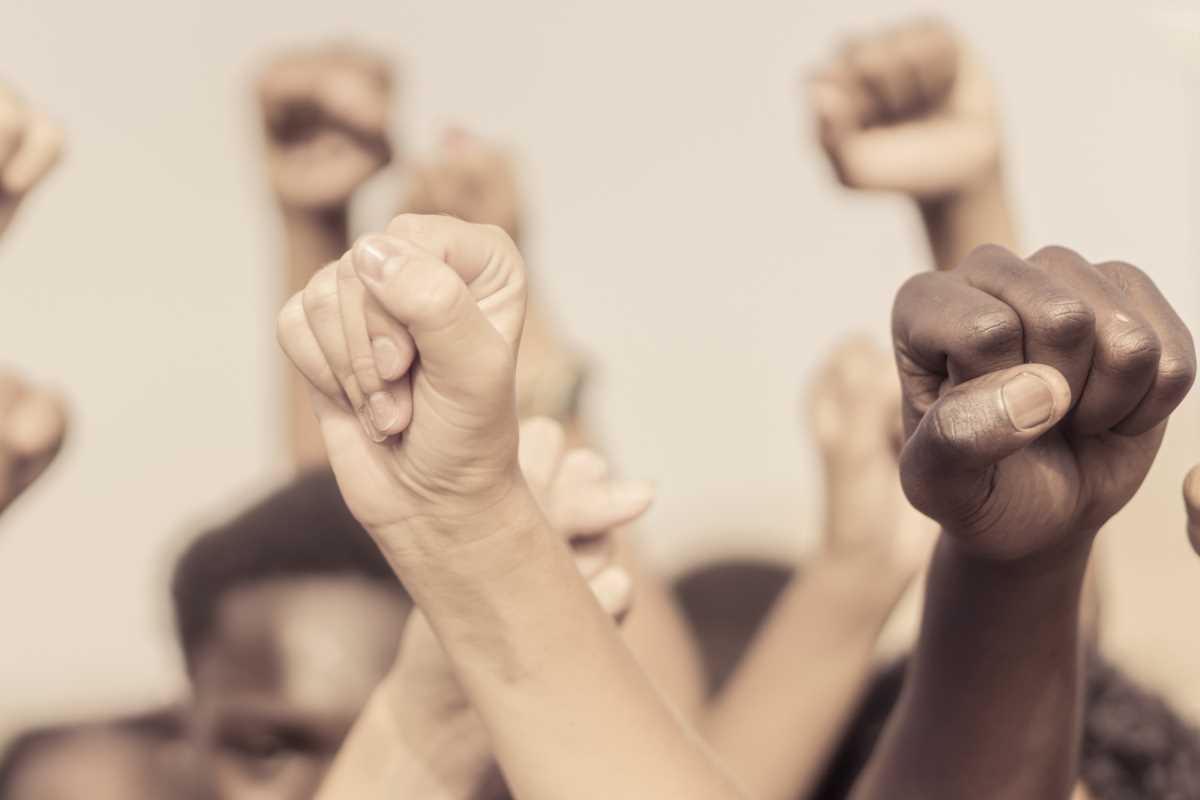The Great Migration was one of the largest demographic shifts in American history, reshaping the cultural, social, and economic fabric of the nation. Between 1916 and 1970, millions of African Americans moved from the rural South to cities in the North, Midwest, and West. They sought better job opportunities, freedom from racial oppression, and a chance at a more stable life. This mass movement forever transformed both the cities they left behind and the cities they moved to.
Today, the legacy of the Great Migration is still evident in America’s urban landscapes. From vibrant cultural hubs to economic opportunities and political power, this movement helped shape the growth and identity of countless cities. By understanding the Great Migration, we can see how its impact reverberates through urban life, art, and culture even now.
Why Did the Great Migration Happen?
The Great Migration wasn’t just a random occurrence; it was driven by a mix of social, economic, and political factors. For African Americans in the early 20th century, life in the South was marked by harsh realities. Jim Crow laws enforced racial segregation, while widespread discrimination made it nearly impossible to escape poverty or access quality education. Acts of racial violence, including lynchings, created an environment of fear and oppression.
At the same time, opportunities were opening up in the North. Cities like Chicago, Detroit, and New York were industrial powerhouses, with factories in desperate need of workers. World War I and World War II played a role, as the wars created labor shortages and increased demand for production. For many African Americans, the promise of better wages, education, and freedom made migrating to the North an appealing, if daunting, prospect.
The Northern Promise
Newspaper advertisements and letters from family members already living in northern cities painted a picture of opportunity. They wrote about jobs that paid multiple times what Southern agricultural laborers earned and neighborhoods where Black families could build thriving communities. This promise played a significant role in motivating families to uproot their lives and head north.
Cities as Centers of Opportunity
The Great Migration significantly impacted the cities where African Americans settled, turning many into thriving cultural and economic centers. From Chicago to Los Angeles, the arrival of new residents didn’t just increase the population; it brought vitality, innovation, and resilience.
The Rise of Black Neighborhoods
Many migrants settled in specific neighborhoods, creating vibrant Black communities. For instance:
- Harlem (New York City): By the 1920s, Harlem became a cultural epicenter, giving rise to the Harlem Renaissance. This artistic movement celebrated Black voices in literature, music, art, and theater.
- Bronzeville (Chicago): Known as the “Black Metropolis,” Bronzeville became a major site for Black-owned businesses, political activism, and artistic expression.
- Hastings Street (Detroit): A hub for Black culture, Hastings Street became particularly influential in shaping Detroit’s music scene.
Though these neighborhoods experienced challenges, including overcrowding and poverty caused by systemic racism, they also became sources of innovation and pride for residents.
Economic and Industrial Growth
The industrial boom in northern cities needed a large workforce, and the arrival of African Americans filled this demand. Migrants found work in industries like steel, automotive, and manufacturing. For example:
- Detroit’s auto industry exploded, offering jobs at factories like Ford’s River Rouge plant.
- Chicago’s stockyards provided work to many families trying to create new lives in urban settings.
This influx of labor helped northern economies grow, though it didn’t come without tension. Some White residents resented the new competition for jobs, leading to racial friction and, in some tragic cases, violence. Still, the economic contributions of Black workers were undeniable in driving these cities forward.
Cultural Contributions to Urban Life
The Great Migration didn’t just influence cities economically; it also had a profound effect on urban culture. From music to food, the legacy of the individuals and families who moved north can still be felt in many aspects of American life.
The Birth of Jazz and Blues in the North
Musicians brought the sounds of the South with them, blending styles like gospel, blues, and ragtime to create new genres. Cities like Chicago and New York became hotspots for jazz, thanks to legends like Louis Armstrong, Duke Ellington, and Bessie Smith. The thriving music scene created venues such as the Cotton Club and the Savoy Ballroom, which became famous across the country.
Blues also found a new home in cities like Chicago, where artists like Muddy Waters electrified the genre, giving birth to Chicago Blues. These musical innovations became a point of pride for urban Black communities.
Literature and Art
The Harlem Renaissance wasn’t just about music; it was a cultural awakening that encompassed literature, art, and theater. Writers like Langston Hughes and Zora Neale Hurston used their work to explore themes of identity, racism, and resilience. Artists like Jacob Lawrence captured scenes of migration and urban life through striking visual pieces.
This explosion of creativity helped redefine how Black Americans were represented in mainstream culture and gave voice to their struggles and triumphs.
Food and Culinary Fusion
The food traditions that migrants brought with them continue to influence urban dining today. From soul food restaurants in New York to barbecue in Chicago, flavors of the South were introduced to northern cities, blending with local cuisine to create something uniquely American.
Challenges Faced by Migrants
While northern cities offered new opportunities, life wasn’t always easy for migrants. Segregation, discrimination, and economic barriers followed them north, though they often took different forms.
Housing Discrimination
Many cities practiced redlining, a discriminatory housing policy that restricted where Black families could live. Banks refused to offer loans in certain neighborhoods, and landlords charged higher rents in Black communities. This created overcrowding and limited upward mobility, even in places with economic opportunities.
Racial Tension and Violence
The arrival of large numbers of Black families ignited racial tensions in many communities. This led to race riots, like the Chicago Race Riot of 1919, which was sparked by competition over housing and jobs. Despite these setbacks, migrants continued to build strong communities that pushed through the obstacles they faced.
The Great Migration’s Continuing Legacy
Today, the influence of the Great Migration is everywhere in American cities. From the rise of diverse cultural hubs to the flourishing of art and music, the migration shaped the identities of America’s urban areas in ways that continue to resonate.
Political Power
The migration also transformed political representation. African Americans who relocated to northern cities gained access to voting rights that were denied in the South. This new political power allowed them to influence elections and advocate for civil rights. Many African American politicians rose to prominence in cities like New York, Detroit, and Chicago because of these demographic shifts.
A Blueprint for Today’s Movements
The Great Migration serves as a reminder of the strength found in movement and community building. It highlights how adversity can give rise to innovation and how cultural contributions can redefine a nation. Today, topics like gentrification, economic inequality, and systemic racism echo many of the challenges faced by migrants, reinforcing the importance of understanding this history.
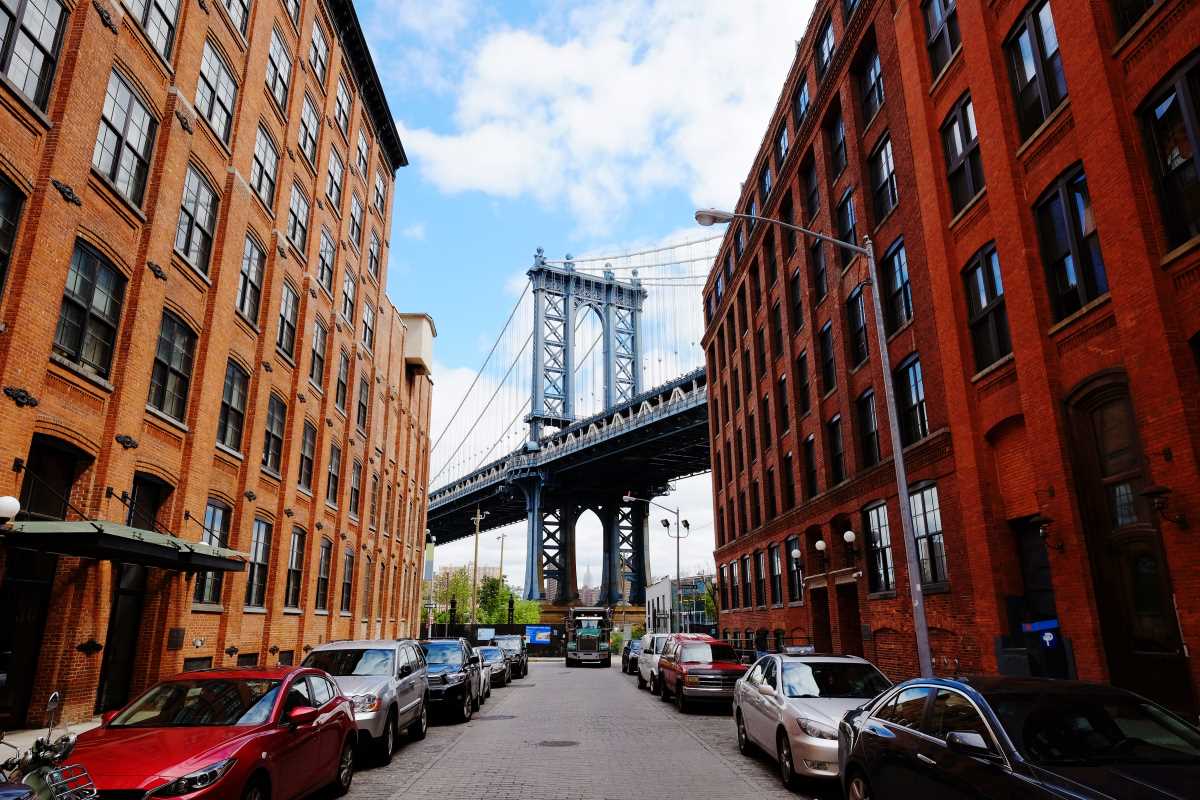 (Image via
(Image via